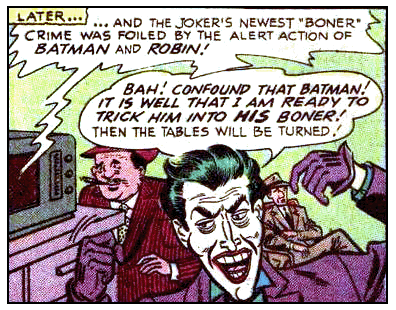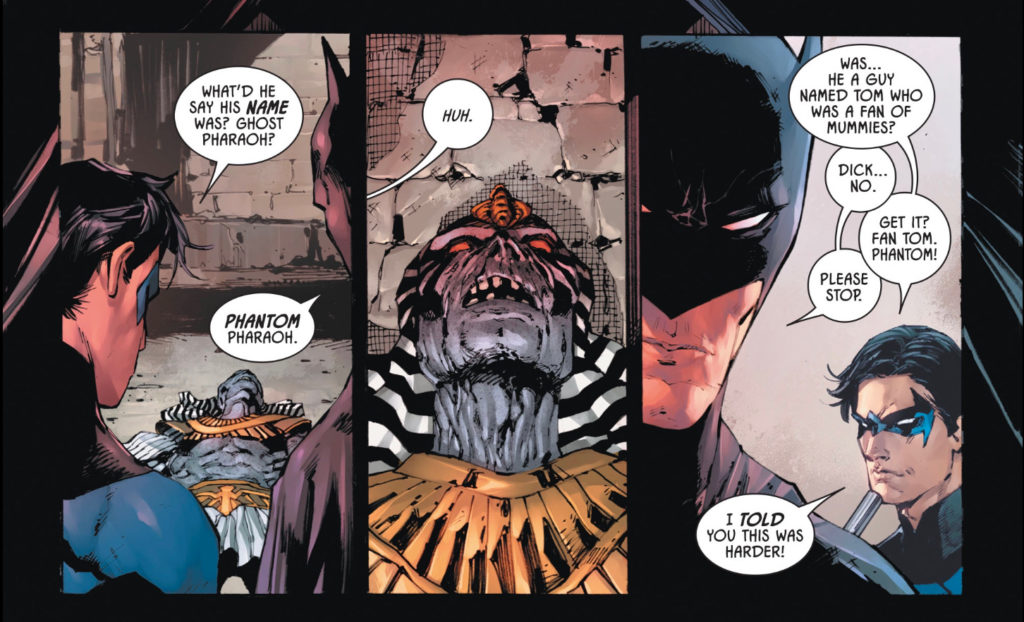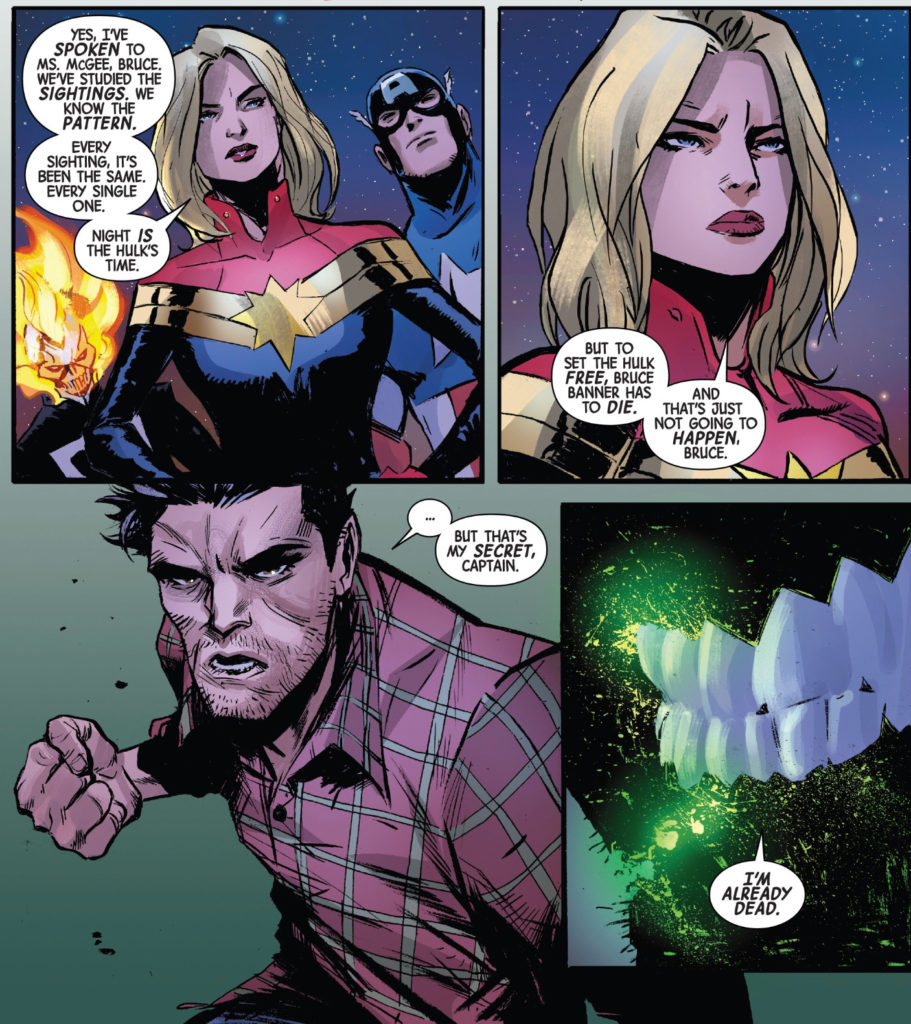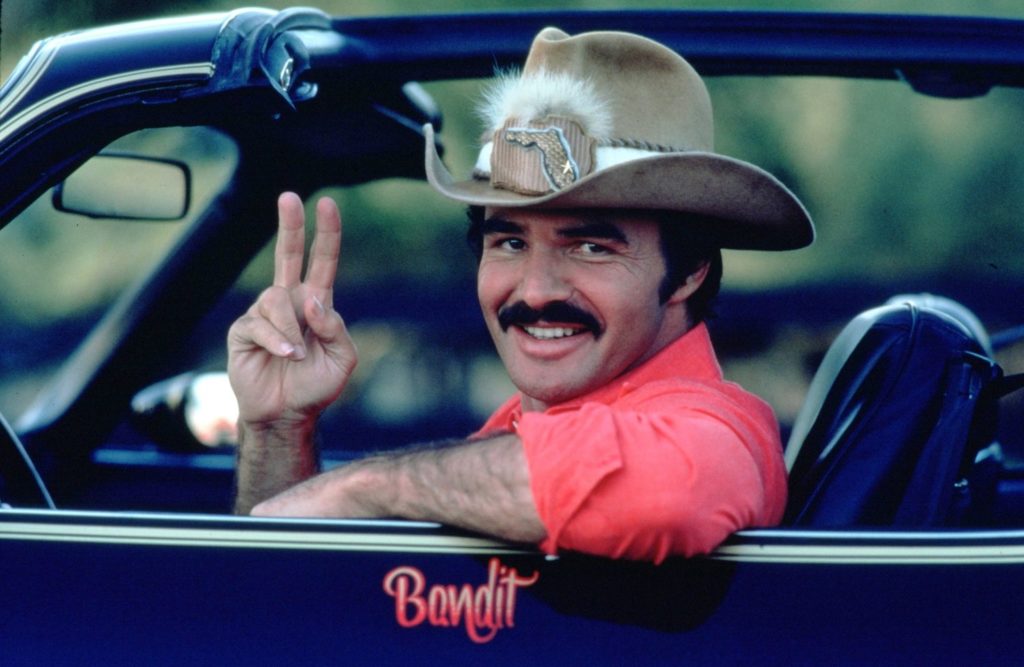0:01-20:26: Greetings from Jeff “We Must Talk About Batman’s Penis” Lester and Graeme “Really, Jeff?” McMillan! We get right to the meat of it immediately, and talk about the appearance of “Lil Wayne” in Batman: Damned #1 by Brian Azzarello and Lee Bermejo, DC’s attempt to do a Mature Readers label featuring characters you can still buy underoos of. How’d that turn out, you might wonder if you had no access to the Internet until now? We are more than happy to enlighten you, even as we struggle to keep the double entendres to a minimum. Also discussed: Dongtor Manhattan; DC’s decision to automatically censor the book; and more.
20:26-33:43: Jeff worries if between this, Ben Percy being yoinked from Nightwing, and the three month delay after the rejection of the art for Justice League Odyssey if DC is returning to some bad habits they had foresworn before Rebirth. Discussed: all of the above, and Dan Didio getting a bad rap, the artist lineup on DC’s Age of Heroes book not even a year in; whether the Nightwing controversy would’ve landed harder without Marvel’s Vision controversy; what fans want from Nightwing and what DC gives us with Nightwing; and more.
33:43-1:10:35: On what Jeff suspects is a related note, Graeme has a quick spoiler-free bit of feedback about Heroes in Crisis #1 but not before we discuss what’s going on with Nightwing these days, especially as presented in the pages of Batman #55 by Tom King and Tony Daniel. Then we turn back to Heroes in Crisis and the fates of midlevel heroes we’re roughly grouping here under Wolfman-era New Teen Titans. From there we go on to discuss the return of Wally West in DC Rebirth #1, and to what extent that return is a signal of a need for “loose” continuity or “tight” continuity, to what extent the DCU “self corrects,” and with a bit of a comparison to what’s going on over at Marvel with regards to their continuity issues, especially with regards to the current Infinity Wars event.
1:10:35-1:21:08: And, relatedly, Jeff picked up Thanos Wins by Donny Cates and Geoff Shaw, and Cosmic Ghost Rider #1 and #2 by Cates and Dylan Burnett, which he thinks ties in to some of these ideas about continuity, what works, and who it works for.
1:21:08-1:39:28: Don’t get him wrong, there are comics that Jeff really liked last week and he runs through them briefly here: Immortal Hulk #6 by Al Ewing and Lee Garbett; Mister Miracle #11 by Tom King and Mitch Gerads; Avengers #8 by Jason Aaron and David Marquez; Batman #55 by Tom King and Tony Daniel; The Seeds #2 by Ann Nocenti and David Aja; and most of the first volume of Seto Utsumi by Kadzuya Konomoto. And in celebration of the Killraven Masterworks arriving on Comixology and DC potentially completing the digitization of Kirby’s Kamandi, there’s a brief bit of comparison and contrast between the two. They start off a little closer than you might think? Come for the comparison, stay for the re-creation of a McGregor-Russell Killraven issue.
1:39:28-1:47:39: And while we’re comparing stuff, did you ever notice that Smokey & The Bandit is pretty much just a wacky remake of Vanishing Point? Also, Jeff saw Her and thinks Graeme would like it, but Graeme in inclined to disagree.
1:47:39-2:07:41: And as long as we’re talking movies—the footage from The Joker film! That Captain Marvel trailer!
2:07:41-2:12:13: Closing comments fakeout #1!! Graeme has a quick review of Wonder Woman: Earth One, Vol. 2, by Grant Morrison and Yanick Paquette.
2:12:13-2:15:56: Closing comments fakeout #2! There is a direct sequel to Judge Dredd: Trifecta starting in 2000 AD prog #2100.
2:15:56-end: Closing comments! Look for us on Stitcher! Itunes! Instagram! Twitter together and separately: Graeme and Jeff! Matt! Tumblr, and on Patreon where a wonderful group of people make this all possible, including the kind crew at American Ninth Art Studios and Empress Audrey, Queen of the Galaxy, to whom we are especially grateful for their continuing support of this podcast. And then we’re out!
NEXT WEEK: We are…pretty sure we will be back next week? Stay tuned!!






And for those who want or need the ol’ cut & paste:
http://theworkingdraft.com/media/podcasts2/WaitWhat256.mp3
Re: Jeff’s comparison of Donny Cates to Mark Millar, which made me want to throw myself from the roof of the Daily Bugle:
I think you’re doing Cates a disservice, or reading his intention differently than I am.
Millar’s ridiculousness (to use your apt phrase) IS pandering, but I think it’s less desperate than it is deeply cynical. You can feel him patting himself on the back for giving a certain subset of readers what he thinks they want: “A whole family of cannibal redneck Hulks! They’re gonna go NUTS for this!” There’s no sense that his ridiculous/gory/over-the-top flourishes grow out of the story itself. Rather, they and not the story are the entire point, and if one or the other has to suffer, it’s gonna be the story rather than the shot of Old Man Logan cutting his way out of a Hulk’s belly.
While not everything Cates has done has landed with me, especially his Marvel work, I get the sense that his ridiculous parts, like Jason Aaron’s, come from more of a “Wouldn’t this be FUN?” place and that in both cases the writers make sure not to have that over-the-top goofiness overshadow or hurt the story. In Millar’s hands, Baby Thanos riding on the handlebars of Cosmic Ghost Rider’s space bike leads to a scene where Baby Thanos eviscerates or disembowels Cosmic Ghost Rider. In Cates’ or Aarons’ hands … well, that still might happen, but 1. it feels less that the gratuitous shock value is the point, and 2. there’s at least a 50% chance that CGR gets through to Baby Thanos somehow and influences his character in some way, even if he does get disemboweled for his trouble.
Have either of you read Cates’ God Country? While it’s the work of a young writer still finding his way, it’s very affecting and made me a Donny Cates fan.
The thing that I have always found bothersome about Millar is that he tends to have something in his work that’s good, sometimes even very good. And then he has to combine that side of his writing with those crass flourishes that you mention, and they seem so much worse because he’s had those other moments as well.
My go-to example is the handling of Captain America in the Ultimates, which is successful at removing the idealization that’s central to the usual depiction of Steve Rogers and making an attempt to depict, with sympathy, a basically admirable person who is however from an era with different attitudes, especially about simple violent solutions to complex problems – something that superhero comics often have to wrestle with.
And something that one absolutely can’t say wasn’t worth using a new version of Captain America to explore in the context of America after 9/11. I can go on for hours about how the Greatest Generation nostalgia of the ‘90s shaped the reaction to 9/11 when it happened.
And then Millar just *has* to ruin all that with the notorious “You think this ‘A’ on my forehead stands for ‘France’?” moment.
Some writers are good, others not so good. But Millar manages to be one of the most sensitive and interesting writers of superhero comics and one of the most horrible and cynical, at the same time.
I just read the first volume of BRINK via your recommendation, Graeme, and wanted to thank you for mentioning it – it’s terrific. I imagined I would have liked it anyway, being a fan of Culbard, but Abnett really brought much, much more than I expected.
Glad to hear I wasn’t the only one underwhelmed by the Captain Marvel trailer.
Your discussion of continuity led me to reflect that this is another way in which superhero comics are a modern mythology. That is stories about these characters are recast for different audiences and are frequently contradictory. DC especially creates bodies of apocrypha with it’s reboots. It’s attempts to create an orthodox canon are defeated by the love of people for the disreputable folktales of yore.
The appearance of the Killraven stories on Marvel Unlimited have prompted a read through. I disagree with Jeff’s recollection about the art, Frank Chiarmonte inks thoughout. Adams pencils the first 10 pages (except the splash in Victorian times) and then Chaykin takes over. It’s made a little less clear, because it appears as Adams pages proceed he’s giving Chiarmonte less and less to work with. Anyhow, that’s how it looks to me. I was going to say his work being inked by the Crusty Bunkers in the earlier published Sword of Sorcery suggested a formal link to Adams, but then I thought ‘internet’ and indeed Wikipedia says he was an apprentice with Adams. It’s kind of fun reading these comics in 2018, the date they’re set in.
I think there are a couple of additional aspects to the tendency of DC to have the characters from the New Teen Titans through to the second-generation legacy versions like Kyle Rayner suffer.
The first is the obvious fact that these characters were designed for it in a way that the classic characters weren’t. Everyone knows about the interesting intertextual relationship that Wolfman’s NTT has with Claremont’s X-Men. These are actual *characters* to a much greater extent than the older characters are. Obviously, this is all part of the story of how DC reacted when Marvel came to occupy the No. 1 position in sales as a matter of unshakable routine in (I believe) the early ‘70s.
The older characters lend themselves to being handled as “iconic” idealized versions of the superhero. (See anything that Grant Morrison does with them.) The point of these characters is that they don’t. Especially the legacy ones.
Dick Grayson is a special case, because of course he is a Golden Age character who for much of his history was the ideal type of the Child Sidekick. Robin defines that ideal type, in fact. Even now that child sidekicks have long since been abandoned as a convention of the genre, Batman still always has to have a Robin.
That always gives him a special interest for me – I think he’s perhaps the richest character among the major DC characters, because he’s the character who’s moved successfully between entire modes of writing these kinds of stories, and yet it’s all been made to work by making it a coming of age narrative.
(I’d add Wally, but really, Kid Flash is a generic sidekick who doesn’t rise to anything like the same level as Robin. It forms an important part of Wally’s backstory as the legacy Flash, but in itself it has the life and power of cardboard.)
But basically, these characters are designed for soap opera angst from their conception, while the older characters are not. No-one wants to see Superman agonize about his life; that’s the whole point of Raven.
The second is that there’s a pointlessness to these characters nowadays. Kyle Rayner and Wally West are the extreme case. There is no point to Kyle Rayner unless he’s the last of the Green Lanterns, who got the ring because Hal Jordan killed all the others. As just one more human Green Lantern, he’s a horribly flat character: “the one who’s an artist.” Similarly, what makes Wally West interesting is that he’s a legacy character. (Very interesting – he’s the single most successful legacy character in superhero comics.) Take that away from him, and he’s just “the other Flash.”
Of course, not all these characters are legacies. But I think it’s fair to say that the New Teen Titans ever since have had to exist in the shadow of their original moment in the ‘80s, when they were DC’s greatest commercial success (or so I understand), and they have never quite worked as well again. I suspect that some of this is because they’re not well-suited for DC’s great strength, revisiting old stories and redoing them in new forms for the benefit of readers who can appreciate the variations on the original. The Wolfman/Perez NTT was about giving you new stories about characters who were either new, or so radically revised that they might as well be new. It can’t do “retread.”
So what the [expletive deleted] can you *do* with these characters? I suspect that people put them through the wringer simply because it’s what you do when characters offer no strong inherent story possibilities of their own.
That’s rather brilliant, Voord!
Great show boys… I’m always better with the ones that are light on manga. I’ve never seen Smokey and the Bandit, or Vanishing Point. I do think, though, you’ve given me an epiphany… ‘Smokey’ is a reference to Smokey the Bear… the TV rip-off of Smokey and the Bandit, BJ and the Bear, featured a chimp called Bear! The title was a subliminal nod to the film!
My life is kinda small, huh? And everyone else worked it out in 1978. ‘Blue jeans and better scenes…’
Awesome take on the later DC legacy characters. I think that is a problem all legacy characters face, honestly. Just look at Miles Morales at Marvel. Does that character really have a point while Peter is still running around?